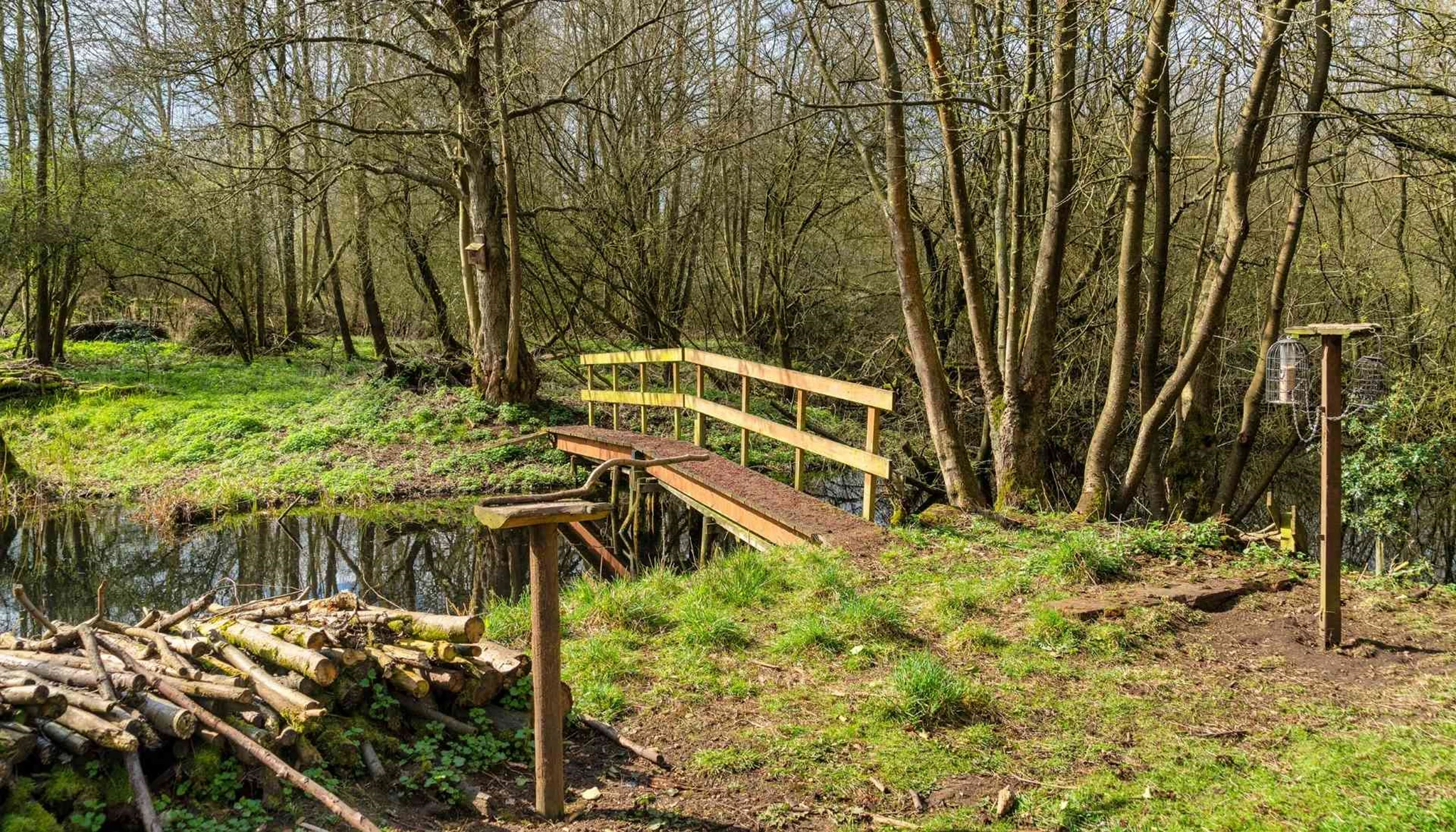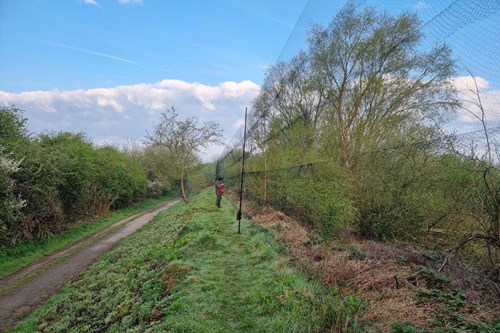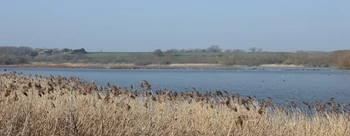Wildlife Blog: What is Bird Ringing?

Regular visitors to Linford Lakes Nature Reserve, on occasion, may spot something unusual as they make their way around the hides. Observant nature spotters may notice fine nets suspended between poles at various locations along the entrance track, within the wooded areas, reed beds and field margins. This is not a sign of some illicit activity; it is a long-established form of wildlife monitoring which has been used to learn about the survival, productivity and movements of birds for over 100 years.

Bird ringing as we know it today started in 1899 by a Danish schoolteacher, but other attempts at individually marking birds to understand their movements have been recorded since Roman times. The Ringing Scheme in Britain was set up in 1909 and has been run by the British Trust for Ornithology since its founding in the 1930s. The question that the first bird ringers set out to answer was, “Where do our summer visitors spend the winter, and where do our winter visitors go to breed?” since then, we have learned so much more, and there is still a huge amount to learn, particularly regarding global climate change and how this is impacting bird life.
What's the process of Bird Ringing?

So, what does bird ringing involve exactly? Birds that fly into the nets are gently removed and placed into cotton bags to keep them safe and secure until they are ready to be processed. First the species is identified, then a suitably sized ring with a unique identification number is placed on the bird’s leg. The rings are very small and light, weighing less than a mouthful of food, and decades of ringing data shows that they do not hinder the bird in any way. Next, the age and sex of the bird is recorded along with measurements such as wing length and weight. The birds are released as soon as possible, and handling times limited to the minimum needed to collect the necessary data.
The process does not end once the birds have been ringed; to learn more, the birds must be re-captured which enables us to start building a picture of where they move to and how long they live. With the camera lenses available today, it is also sometimes possible to read rings in the field without the need to re-capture the bird!

The safety of the birds is always the number one priority and trainee ringers must go through at least 2 years under the close supervision of a qualified trainer. Only after passing an independent assessment and demonstrating the necessary skills will they be able to apply for their own license.
All the data collected is entered into a national database which is used by various environmental and conservation bodies to monitor changes in populations and behaviours. This in turn helps to shape policies and target efforts to ensure that available resources are directed towards those species that are most in need.
So, if you visit Linford Lakes again, and you happen to see the bird ringers in action, please feel free to stop and say hello. They are a friendly bunch, despite being usually somewhat sleep-deprived, and they will be more than happy to show you what they are up to (especially if you offer them cake.)
Please note that a permit is needed to visit Linford Lakes Nature Reserve.








